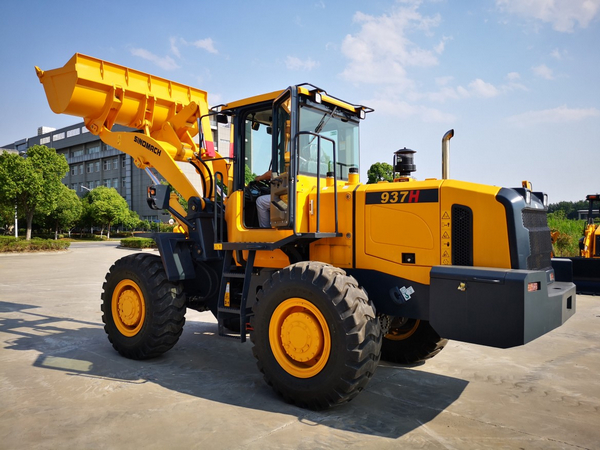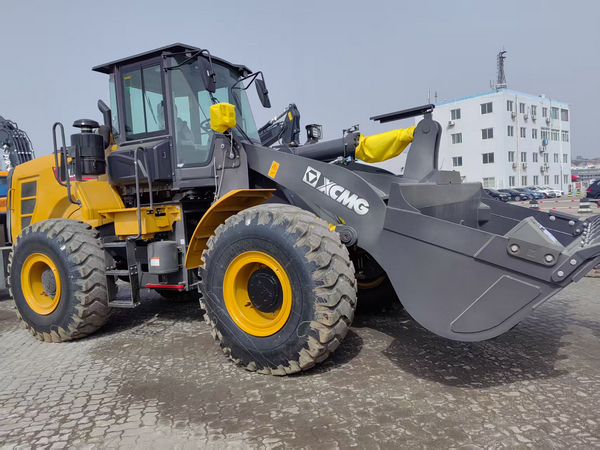In construction projects, agricultural
production, and material handling, loaders have become indispensable machinery
due to their agile maneuverability and robust functionality. However, faced
with a vast array of products on the market, selecting a loader that both meets
operational requirements and offers value for money remains a common challenge
for many users. To address this, we have compiled a loader selection guide to
help users make more targeted decisions.

Define Requirements: Start with Rated Load
Capacity
The first step in selecting a loader is
determining the required rated load capacity. Compact models are typically
favored for landscaping, municipal maintenance, interior renovations, rural
development projects, and small farms due to their compact size and
maneuverability. Medium-sized models suit most earthmoving projects,
sand/gravel yards, coal yards, ports, and construction sites, offering a solid
balance between efficiency and load capacity. Heavy-duty models are widely used
in mining, heavy-load docks, and scenarios requiring coordination with large
transport machinery, capable of withstanding prolonged high-load operations.
Optimize Work Efficiency: Bucket Capacity is
Key
In practical applications, bucket capacity
directly impacts work efficiency. Due to significant density variations among
materials—such as sand, coal, and rocks—the load capacity can differ by several
times even with identical bucket volumes. Therefore, selection should align
with primary materials handled. Beyond standard buckets, users can opt for
diverse attachments like hay forks, snowplows, and elevated grain buckets to
maintain high efficiency across seasons and specialized conditions.
Precision Matching: Work Conditions
Determine Selection
A loader's adaptability largely depends on
the work environment. Soft soil, muddy farmland, hard rock mines, or paved
roads each impose distinct demands on tires and drive systems. while confined
spaces like warehouses, tunnels, or city streets demand smaller turning radii
and more compact frames. For tasks requiring material elevation—such as loading
high-sided trucks—unloading height and lifting capacity become critical
considerations, potentially necessitating optional components like extended
arms.

Selecting a loader is not a
one-size-fits-all decision. It requires a scientific assessment based on
operational requirements, material characteristics, and actual working
conditions. By appropriately matching tonnage, bucket capacity, and attachment
configurations, users can not only enhance operational efficiency but also
achieve the optimal balance between cost and performance.
2021-06-27
2021-09-30
2021-01-13
2021-01-14
2021-12-31
2021-08-10
2021-12-14
2021-01-15